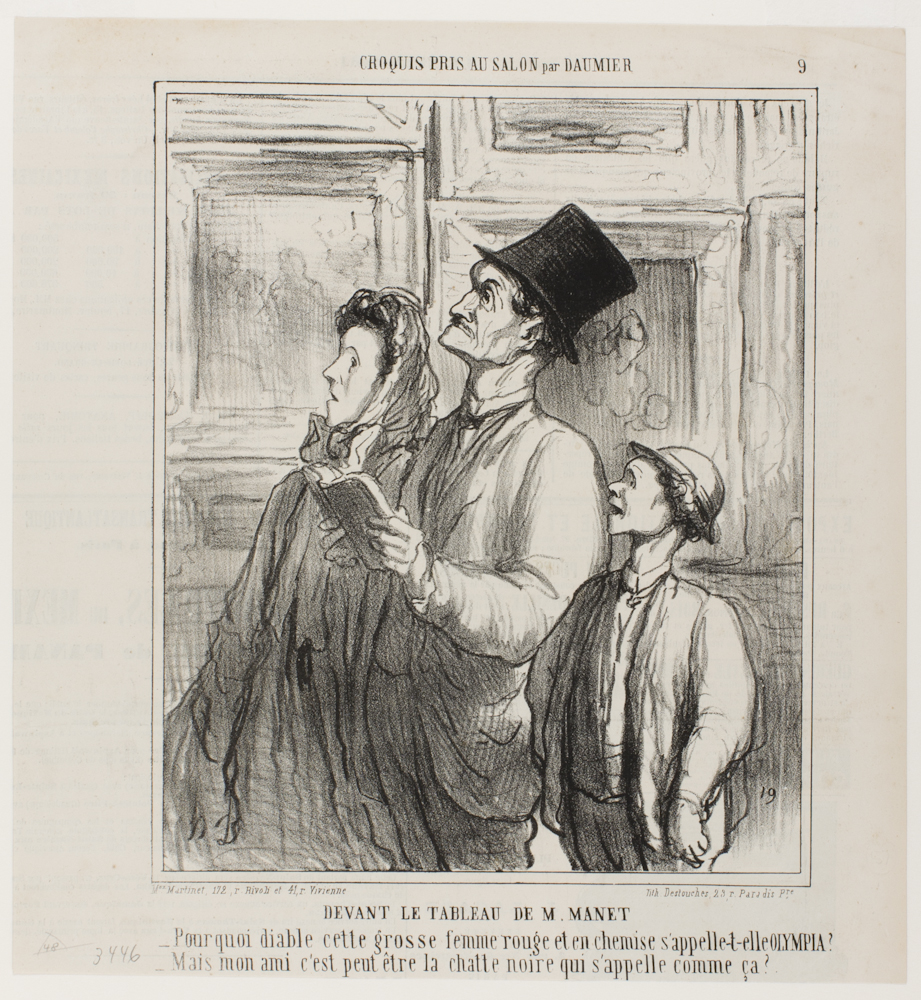Edward Clapp is an author of Maker-Centered Learning: Empowering Young People to Shape Their Worlds. This book, and the research behind it, are an initiative of the Agency by Design project at the Harvard Graduate School of Education’s Project Zero. One of the challenges in talking about “making” is how big our definition can grow.Continue reading “What do children learn by making? An interview with Edward Clapp”
Category Archives: Art Education
What does it take to create a great education program?
As we plan for 2018 at the Peoria PlayHouse Children’s Museum, we have decided to reduce the number of programs we offer, holding workshops and home-school programs monthly instead of semi-monthly, and cultural festivals bi-monthly instead of monthly. The goal is to leave more time to ensure excellence of programs, and to build strong systemsContinue reading “What does it take to create a great education program?”
School Tours: What is the impact of offering a menu of tour topics?
This week’s guest post is by David Bowles, Gallery Educator at the J. Paul Getty Museum in Los Angeles. In his role at the Getty, David conducts scholarly research in preparation for leading gallery conversations, lectures, tours, courses, and other programs, as well as supervising docent teaching in the galleries. Prior to this he led K-12 SchoolContinue reading “School Tours: What is the impact of offering a menu of tour topics?”
Can we expose an artist’s process through gallery activities?
This week’s post is by Gabriella Kula and Luned Palmer. Gabriella teaches school, family, adult and access groups at The Noguchi Museum, The Jewish Museum, and the Cooper Hewitt, Smithsonian Design Museum. Gabriella is also the director of Havurah, the JCC Manhattan’s experiential Jewish education program for young children. Luned freelances as a museum educator, facilitating all types of programsContinue reading “Can we expose an artist’s process through gallery activities?”
What does a successful maker space in a children’s museum looks like? Interview with Dr. Michael Hanchett Hanson
“Maker Spaces” are currently in vogue: they are now a fairly standard component of children’s museums, and many art museums have drop-in spaces for children and families to create art during their visit. Schools and libraries are interested in maker spaces as well. As with any other exhibit, a maker space is not inherently successful.Continue reading “What does a successful maker space in a children’s museum looks like? Interview with Dr. Michael Hanchett Hanson”
What are we communicating to parents through the secret language of seating?
This guest post is by Miriam Leviton, Director of Arts Education at JCC Manhattan. After working at a children’s museum in Berkeley, California, Miriam relocated to New York in 2008 for a year-long position at the Guggenheim’s Learning Through Art program. She later worked as a museum educator at the Guggenheim Museum and New York HistoricalContinue reading “What are we communicating to parents through the secret language of seating?”
How can museums help us (re)learn the art of conversation?
In What is the political role of art education in rural communities? Kate Baird, museum educator at the Springfield Art Museum, explored experiences with art education in conversation with three of her colleagues. In this week’s post, Kate continues sharing her ideas about how museums can play an essential role in cultivating much-needed conversation in ourContinue reading “How can museums help us (re)learn the art of conversation?”
What is the political role of art education in rural communities?
Kate Baird is a museum educator at the Springfield Art Museum in Springfield, Missouri. She is also a founder of Placeworks, which offers art residencies and field trips at no cost to participating rural schools. Placeworks is a partnership of the Springfield Art Museum and the Community Foundation of the Ozarks, which is funded by theContinue reading “What is the political role of art education in rural communities?”
How can we support local networking among museum educators?
This guest post is by Becky Gaugler, an independent Museum Educator in Pittsburgh. In her previous position, Becky managed programs for school and adult groups at Carnegie Museum of Art as an Assistant Curator of Education. A native Pittsburgher, Becky returned to her hometown after coordinating school programs at the Rubin Museum of Art inContinue reading “How can we support local networking among museum educators?”
Museums and political thought: A follow-up
My two most recent posts have suggested that museums may have techniques at their disposal that help transform thinking, in particular fostering critical thinking and tolerance. Since sharing those posts, I have come across articles and video clips that I think further the argument, and may even help museums train staff. Demonstrations of how to facilitate andContinue reading “Museums and political thought: A follow-up”









